*Updated May 1, 2023
Blanketing large parts of Malaysia, haze has affected all of us for the past few decades, regardless of age, backgrounds and differences.
We asked for your questions – and wanted to share it here too!
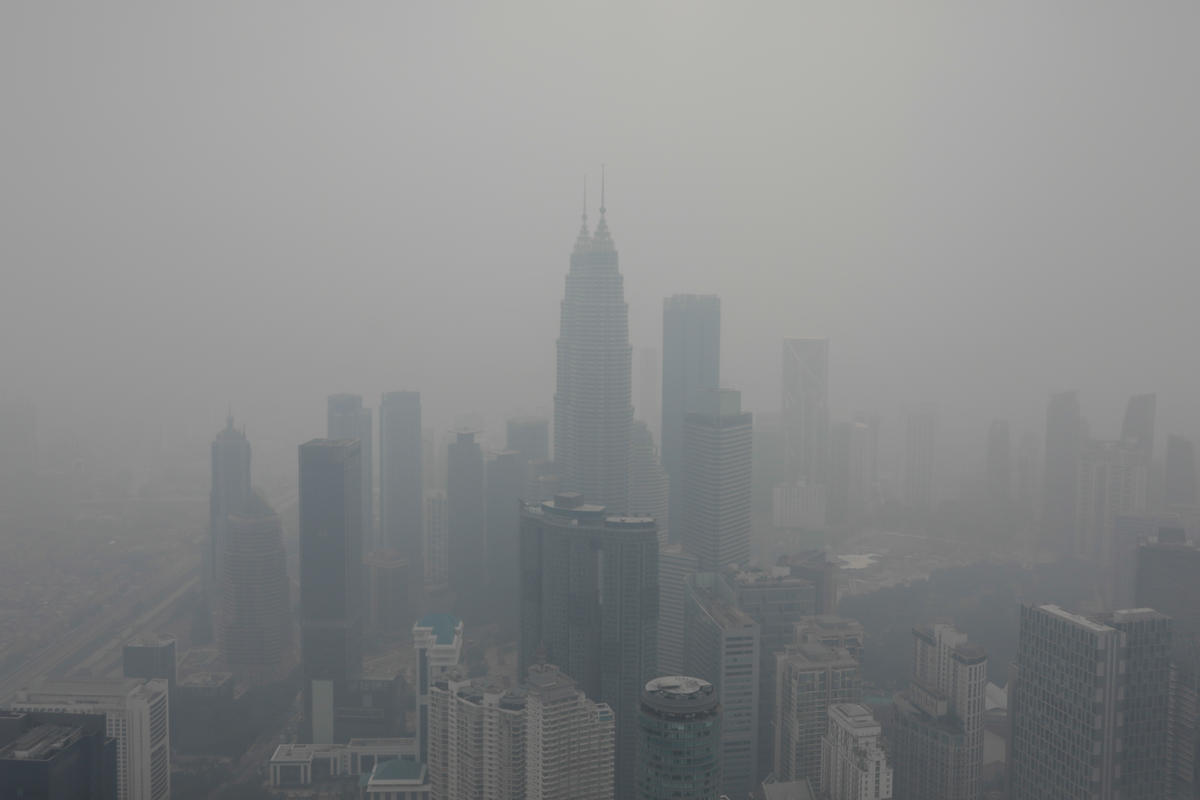
1. Why does haze keep happening?
Most of the haze in Southeast Asia is caused by peatland destruction and forest fires, both man-made disasters that could have been prevented.
There are both domestic and transboundary forms of haze:
– Domestic Haze results from peatfires in Malaysia.
– Transboundary Haze is essentially haze from one country blown to another by wind patterns.
The common misconception is that Transboundary Haze affecting Malaysia only comes from Indonesia. However, this is not true as there are other sources of transboundary haze from other Southeast Asian (SEA) countries, and other SEA countries are also experiencing Transboundary Haze.
For example, the recent 2023 transboundary haze relates to the growth of monoculture agriculture in Thailand and in the neighbouring countries.
2. What’s are the causes behind the haze phenomenon?
Haze is a man-made phenomenon, mainly resulting from forests that are being fragmented and cleared, and peatlands that are being drained to make way for large scale plantations, primarily for palm oil plantations or pulp wood in Southeast Asia.
The annual dry season combined with El Niño that causes drought exacerbates the risk of creating catastrophic fire outbreaks.
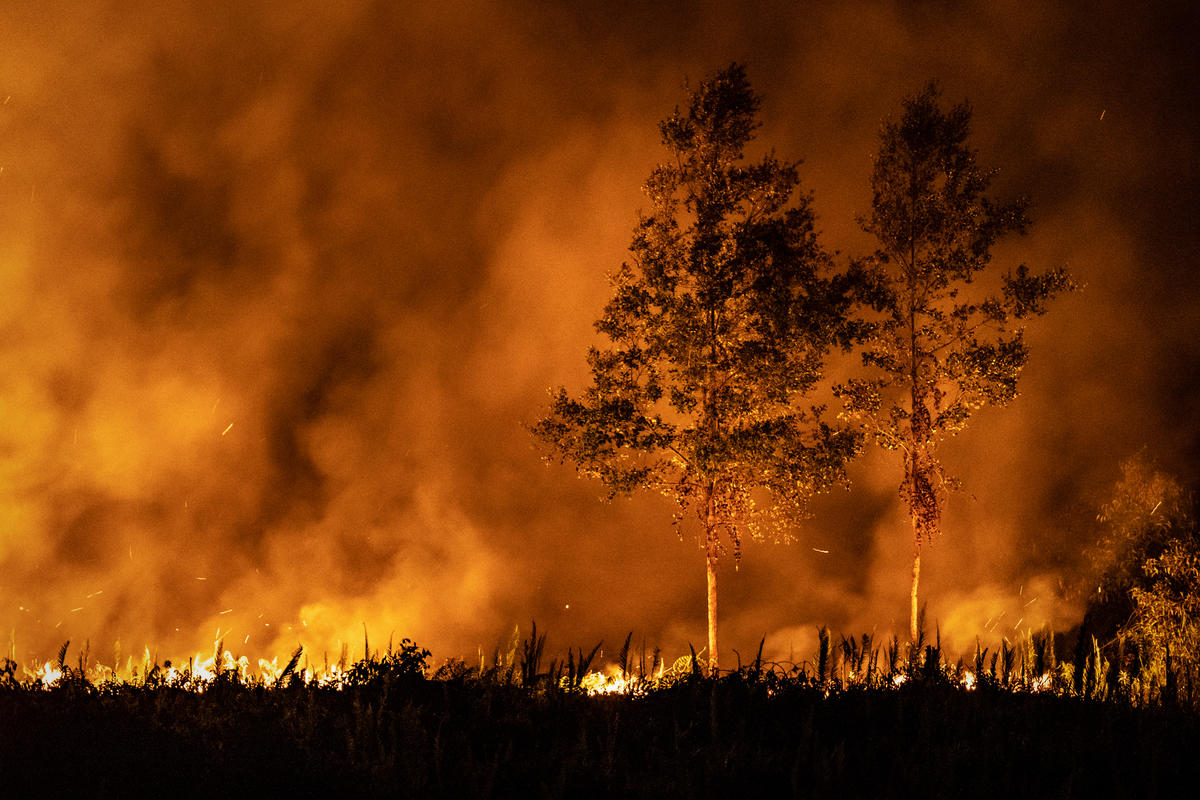
2. Is there anything we can do to prevent this?
Transparency is key in fighting deforestation. Governments should require companies to publish maps of their plantations.
This would help responsible companies prove they are clean and not involved in destroying forests and put companies that are still deforesting under the spotlight, identifying those who are responsible for setting peatland and forests on fire.
3. When do haze seasons end?
The risk of haze resulting from forest or peatland fires usually occur during dry spells and continue until the rainy or monsoon season in Malaysia, which on average only begins in November.
During the last bout of haze in 2019, Greenpeace Indonesia firefighters were deployed to suppress fires since the first week of August in Central Kalimantan. Initially plans were for them to be deployed starting early September to October 2019, but it was moved forward to August as communities we were talking to were overwhelmed, asking for support to put out fires in mid-July.
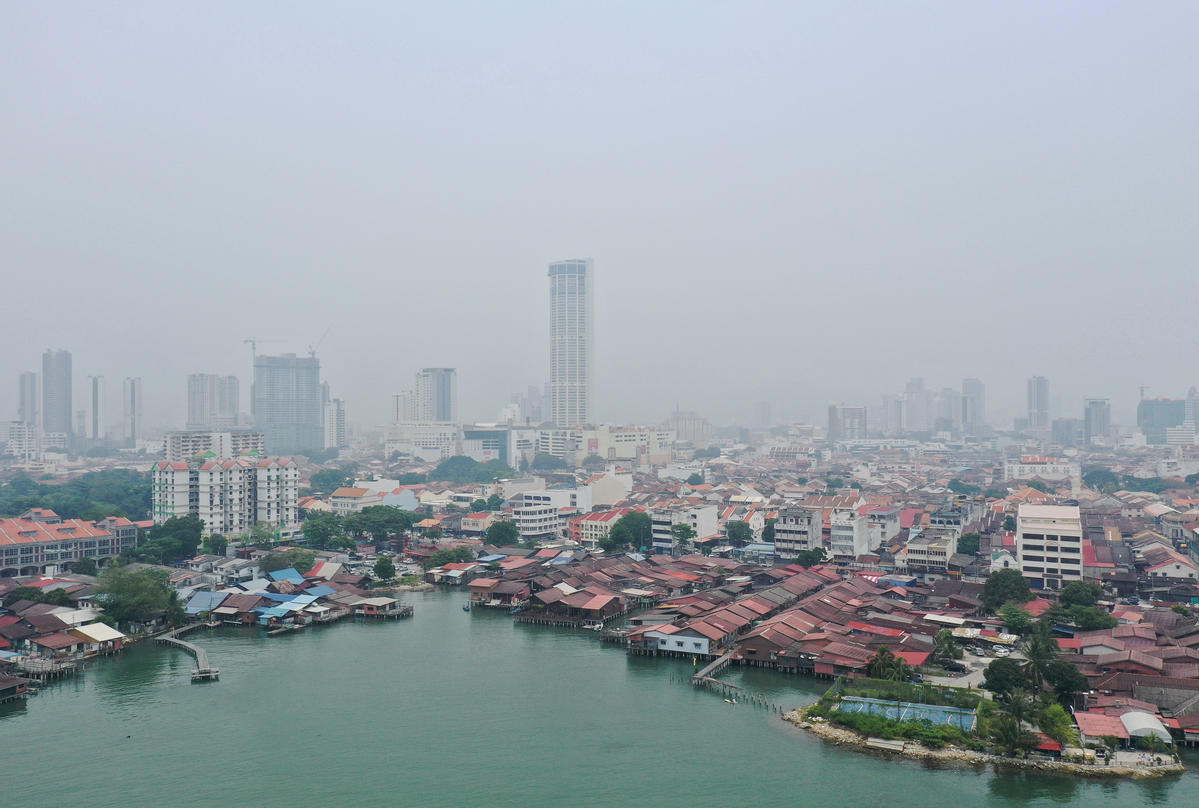
4. Is there a way to stop it?
The best solution to ensure that forests and peatland fires will not happen in years to come is the total protection of forests and peatlands as well as restoration of peatlands.
This is the solution which Greenpeace has been actively campaigning for over the past 10 years. If forest and peatland destruction no longer occurs, then this – in addition to action to restore degraded land – will be the best safeguard against forests and peatlands burning in the future.
One of the ways to implement full protection of forest and peatlands is through law enforcement. This means government should be persistent and hold companies who are violating forest/peatlands protection regulations.
5. Why only close school? What about office? Office worker also breathe using nose and mouth.
Agreed! But children are prioritised mainly because they are more susceptible to the effects of haze. And it’s is in the government’s discretion to decide.
6. Are reusable cloth masks good enough?
We recommend using the N95 masks as protection against some smaller particle pollutants (e.g. PM2.5), but it would be best to consult medical professionals about this.
7. What is PM2.5?
PM2.5 basically refers to fine particulate matter or air pollutants from fires and other sources that can affect our health because it can travel deep into the lungs and may even enter the bloodstream.
When there is a high concentration of these tiny particles in the air, it can reduce visibility and cause the air to appear hazy.
Here’s a mini explainer video on it too!
8. What is supposed to be expected from the government to solve this issue
Large scale forest fires are still happening due to the lack of law enforcement, monitoring and effective sanctions for those involved. The government needs to urgently step up its capacity to improve that situation.
Another determining factor is the lack of reliable, coherent, transparent and publicly accessible data and maps that help identify who is responsible for setting peatland and forests on fire.
9. What can companies do, especially ones dealing with large-scale plantations and agriculture?
It’s entirely possible for corporations or companies to run sustainable practices. It’s all about putting in the right checks and balances.
For example, Greenpeace works closely with the community palm oil project in Dosan, Sumatra. The small holder palm oil project run by the farmers of Dosan village in Riau (Sumatra, Indonesia) is demonstrating that deforestation-free palm oil production and protection of Indonesia’s remaining rain forests can go hand in hand.
There are also other examples in Sanggau, Sekadau and Sintang districts in West Kalimantan (Indonesia-Malaysia border). The small farmers of Serikat Petani Kelapa Sawit (SPKS), or known as The Indonesian Palm Oil Farmers Union are committed to No Deforestation, Good Agricultural Practices (GAP), product traceability, fire management. SPKS works with their members to implement the No Deforestation methodology the High Carbon Stock Approach, put in place plantation geolocation and traceability systems to all palm oil fresh fruit bunches from farmers, and support best practices such as organic fertiliser and improved management of plantations.
Greenpeace has been collaborating with them for the last 5 years on this. SPKS is developing an Incentives and Benefits mechanism that will provide support to farmers implementing best practices including No Deforestation.
10. Any laws to hold responsible parties accountable?
Malaysia is a signatory of the 2002 Asean Agreement on Transboundary Haze Pollution.
But so far only Singapore has enacted a Transboundary Haze Pollution Act, which empowers its government to punish perpetrators that add to the haze domestically, and gives individuals the power to take legal action against private companies abroad.
Our then Prime Minister Dr. Mahathir announced that the government is mulling a new law allowing them to hold accountable Malaysian companies with estates abroad that contribute to the haze.
However by August of 2020, it was reported that the Government decided to shelve the tabling of the Transboundary Haze Pollution Act (THPA).
A THPA would give us the necessary legal authority to hold at least Malaysian companies who are operating outside of Malaysia, responsible for their unsustainable practices.
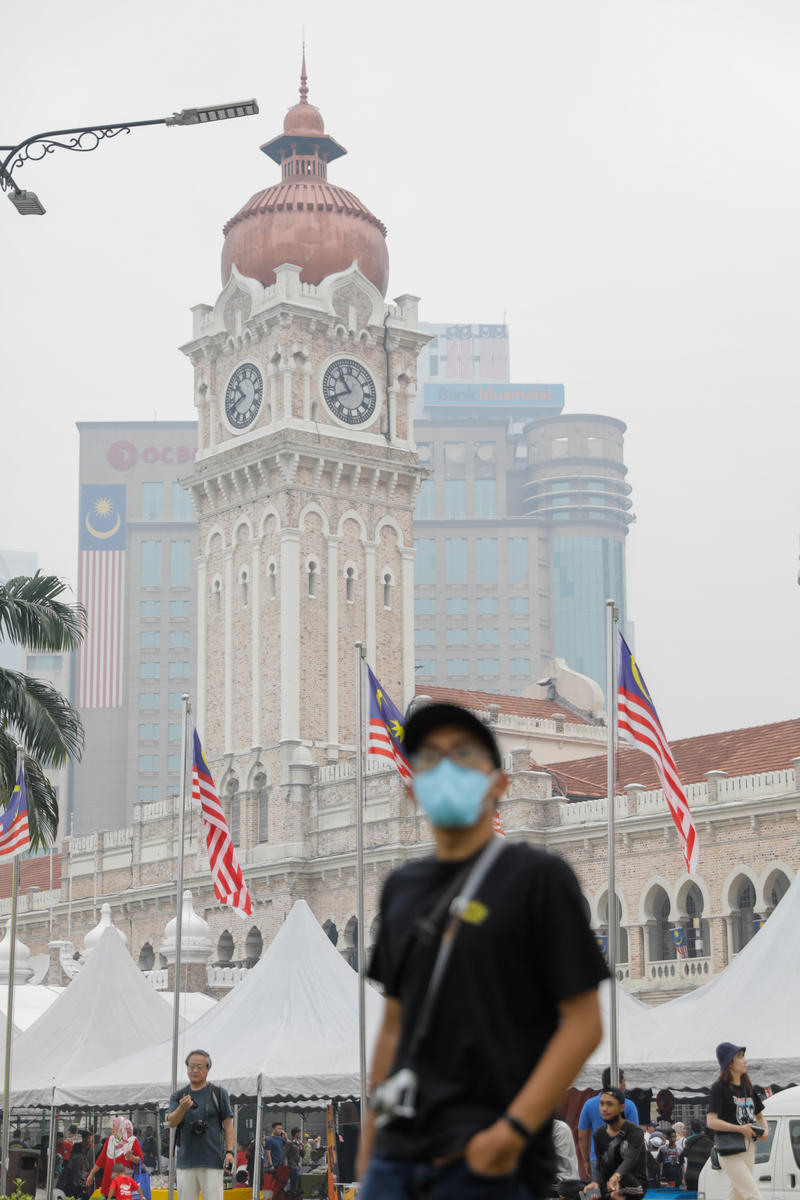
11. Isn’t deforestation in the Amazon rainforest a bigger priority?
True, the deforestation of Amazon rainforest’s as a result of clearing land for agricultural use to, for example, grow animal feed and cattle farming, continues to be a major factor affecting climate change. It is an issue which Greenpeace continues to campaign on globally.
However as part of Greenpeace Southeast Asia, Greenpeace Malaysia is also campaigning on the main culprits of deforestation, forest and peat fires, and peatland destruction in Southeast Asia; namely the unsustainable agricultural practices of pulp and paper as well as palm oil plantations.
12. What can we do to help?
As an organisation, we believe in #PeoplePower and how we can call for transparency from our government to require companies to publish maps of their plantations.
In addition to calling for our government to enact a Transboundary Haze Pollution Act (THPA).
This would help responsible companies prove they are not involved in destroying forests, while putting companies that are still deforesting under the spotlight.
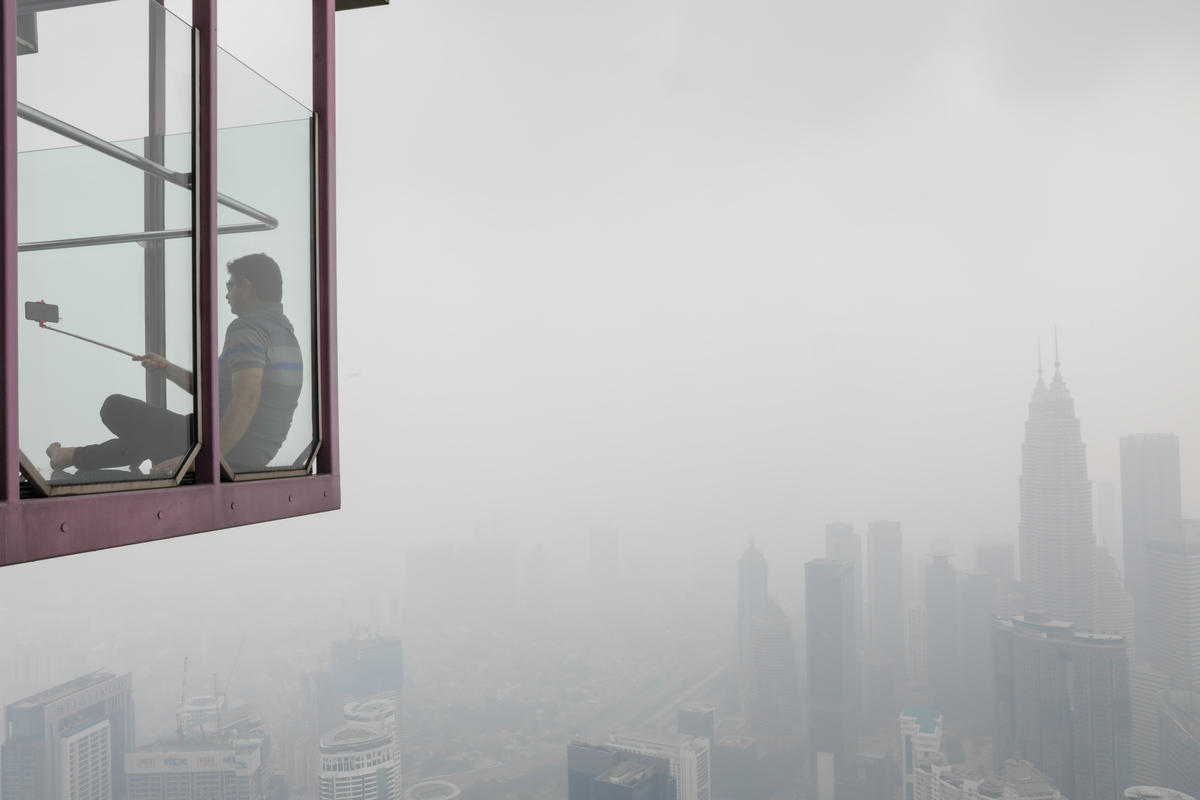
13. Do you think ‘ASEAN way’ effective and still relevant in managing the transboundary haze?
One of the most effective ways to manage transboundary haze is to halt it at its source by implementing the full protection of forests and peatlands through law enforcement.
This means the government should be persistent, and hold companies who are violating forest/peatlands protection regulations accountable. This also has to be a concerted effort within Southeast Asia.
14. How does the national and regional interests influence this issue?
Palm oil is one of the most profitable land uses in the tropics and both Malaysia and Indonesia are the biggest palm oil producers worldwide.
It can significantly contribute to our national economies, driving rapid economic growth. However there are also irresponsible companies still involved in deforestation and linked to forest and peat fires due to peatland destruction.
In fact, unsustainable palm oil is actually harming the industry in Malaysia and Indonesia, in addition to destroying biodiversity, harming tourism and threatening the future for Malaysians, Indonesians and the globally, since critical forests are impacted.
The refusal of these companies to take responsibility and action has led the situation to escalate even further. That’s why transparency and accountability are essential in tackling the issue.
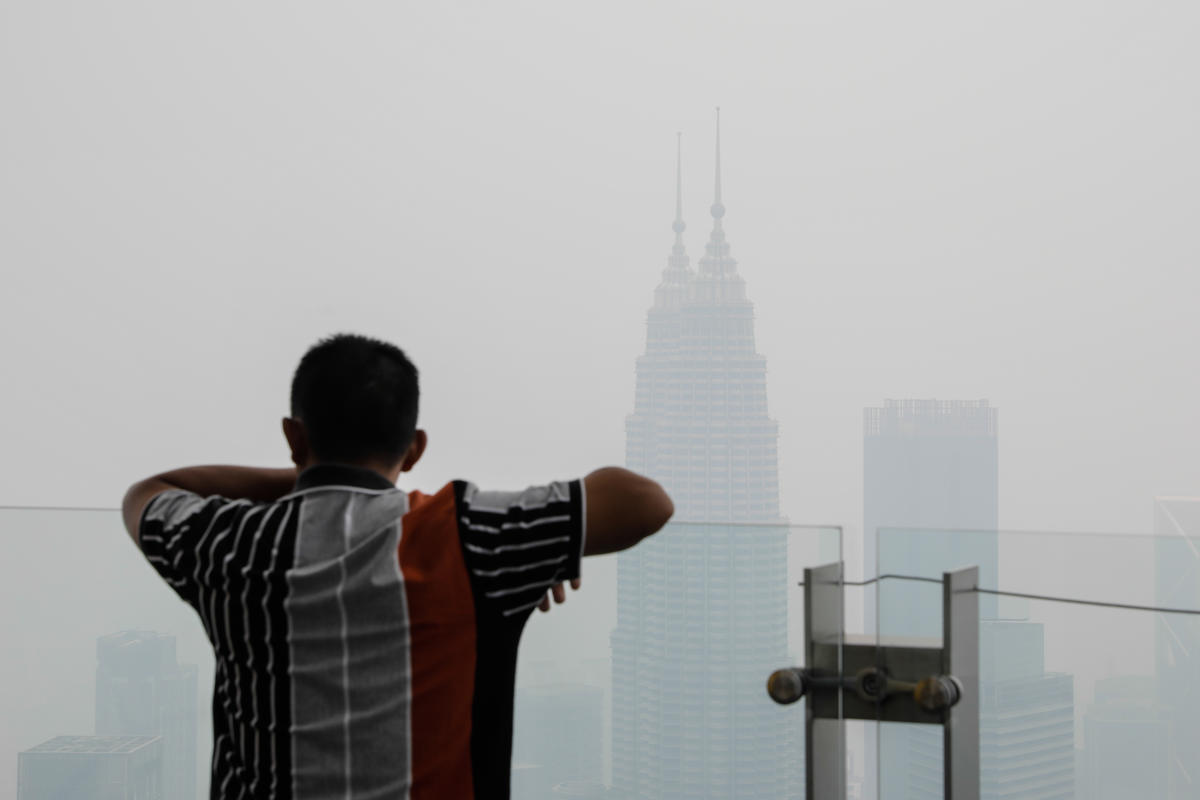
15. How are our actions causing the haze?
Haze in Southeast Asia is mainly a result of unsustainable agricultural practices including those of the palm oil and pulp & paper industry.
These involve 3 main causes:
- Direct fires: Intentional man-made fires through slash and burn techniques that the more progressive palm oil and pulp & paper companies have ruled out.
- Indirect fires due to agricultural practices within a company’s land: For example the usage of peatlands and resulting peatland drainage for agricultural purposes that increase the risk of fires.
- Indirect fires due to agricultural practices outside of a company’s land: Accidental fires due to underlying agricultural practices. For example the holding back of water on plantation land to increase the water table on land within their plantation, which indirectly affects surrounding areas by depriving lands outside the plantation of the much needed water to maintain peatland areas.
16. It’s hard to change peoples mindsets…those who started the fire.
Too true. But that’s why strong enforcement is necessary and this can only happen with transparency so the culprits can be held responsible.
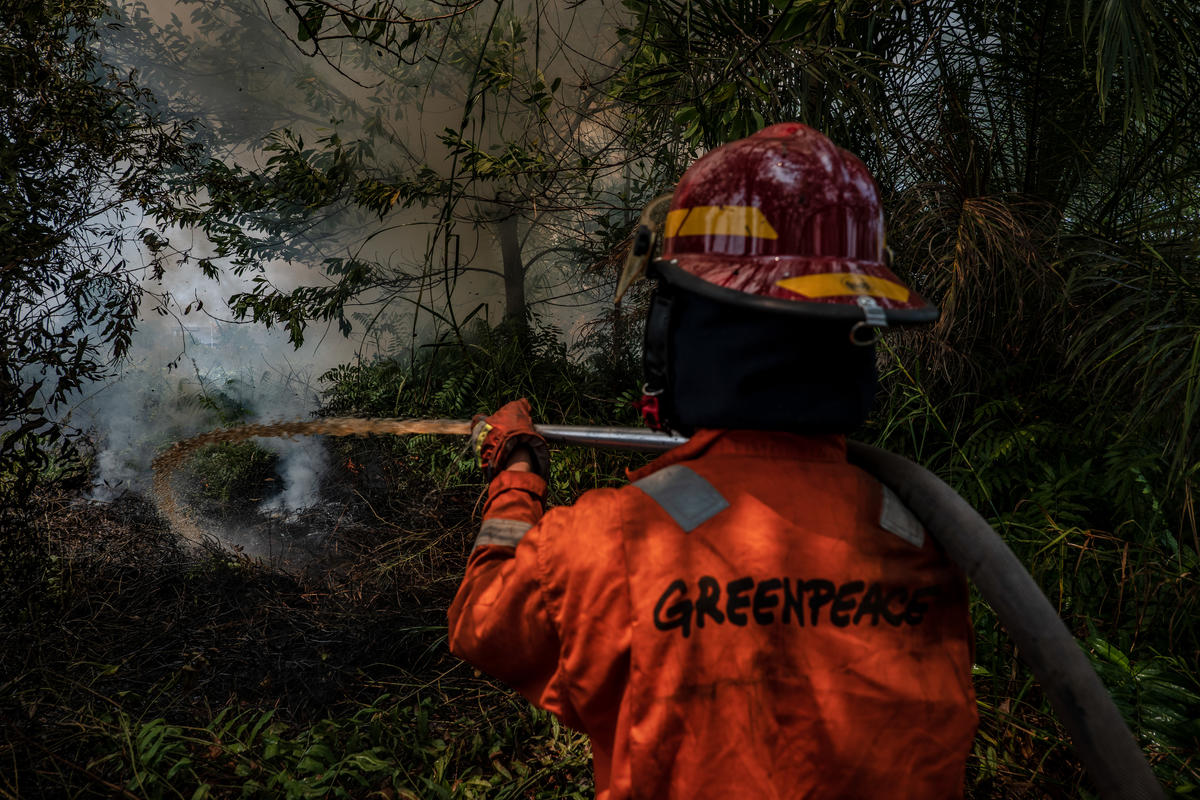
Most of us start out with the tendency to point fingers; to find a scapegoat; to push the buck rather than face the painful reality of our situation.
But…it’s not all bad. It means we have the power to change our reality and to change our current situation – but only if we ACT NOW and ACT TOGETHER.
Here are a few steps you can take!
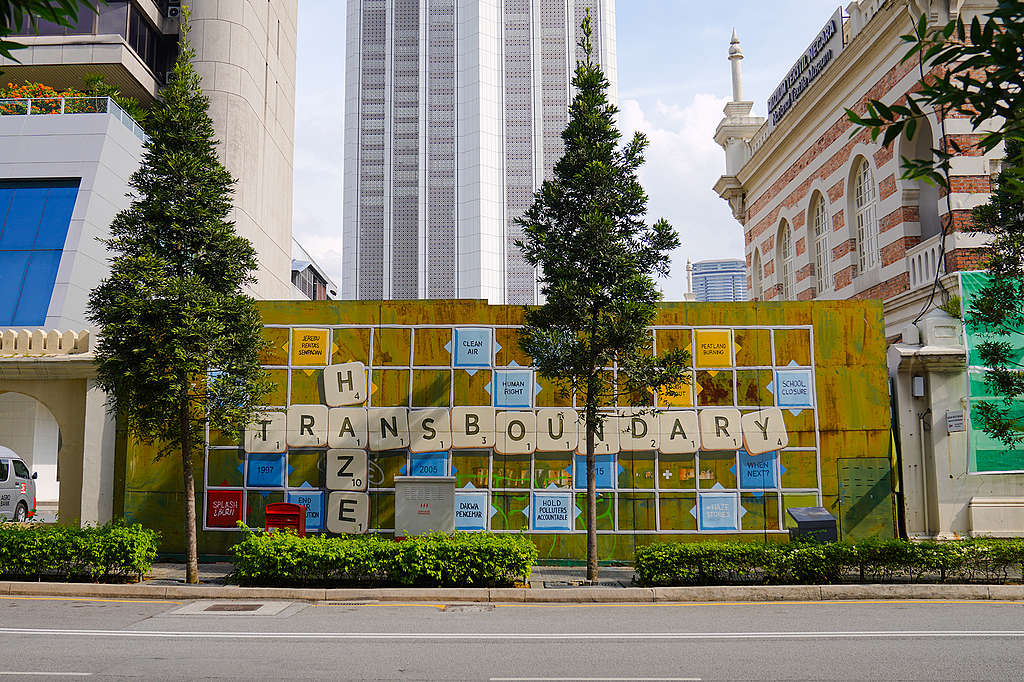
Sign the petition to call for our government to enact a Clean Air or Transboundary Haze Pollution Act.
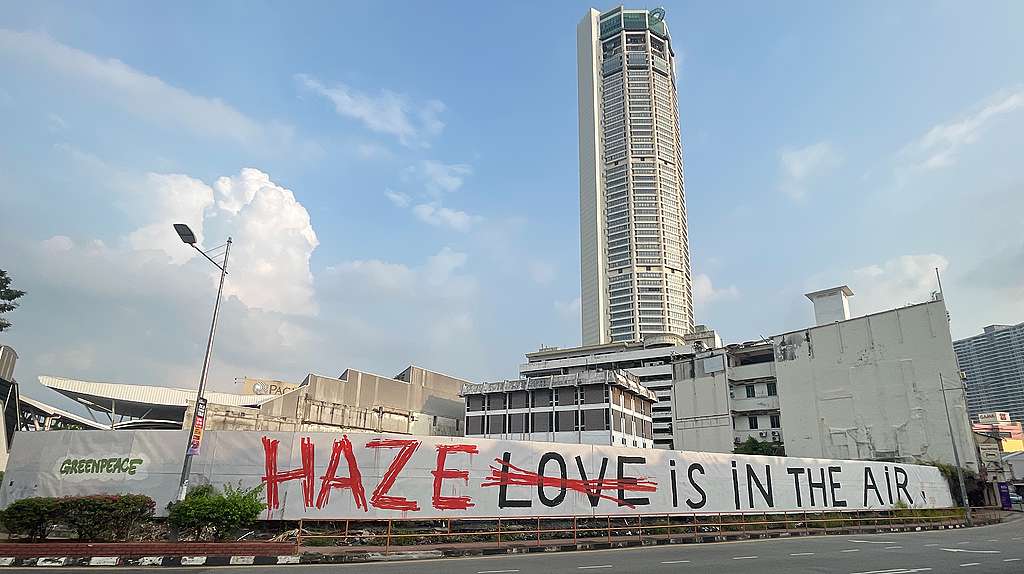
Whether it’s the stress of hospital bills or loved ones falling sick, share your experiences with haze.
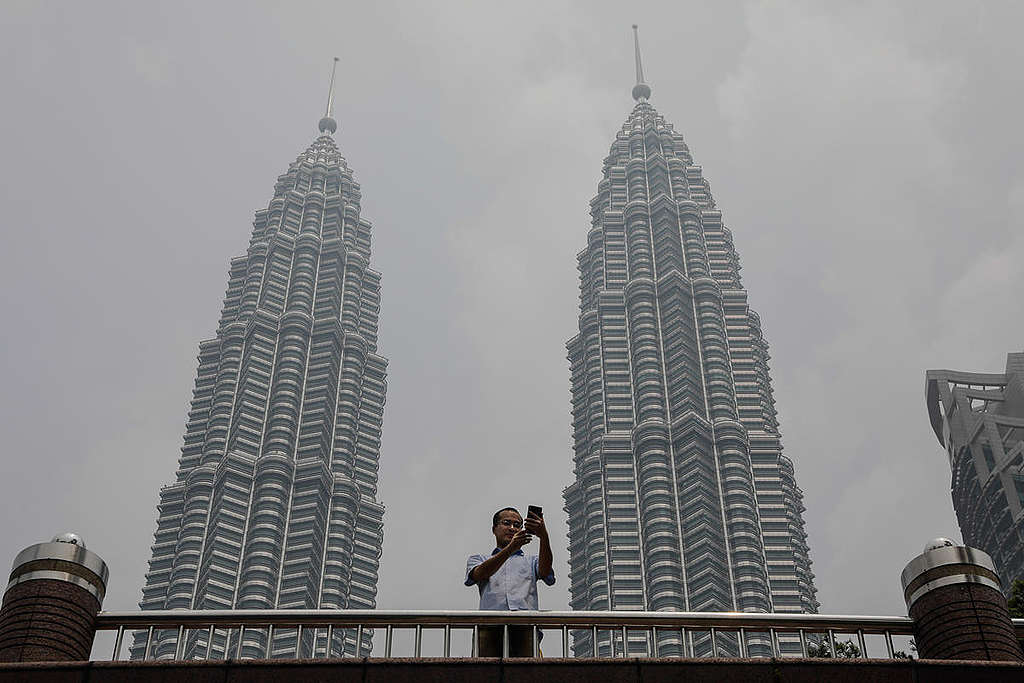
To push for long-term changes, independence from govts and corps are at the core of our fundraising.

Discussion
The best way to stop the haze is to hit those who use fire to clear their land to plant oil palm and trees for wood pulp is to hit their profits. And what better way to do this than to launch a boycott their products worldwide. Depending on the culprits to prevent the haze voluntarily is a waste of time because the two major players are complicit in the act. Also, don't forget that a lot of people had lost their lives over the period of the haze and even more will die or suffer serious ill health long after the haze stopped completely. And don't forget the financial burden of those who had to consult doctors because haze related illnesses or have to buy N95 face masks for protection as we have been told that anything less won't do!!! Who will compensate them for all these? Action must be taken NOW!
Kampung Johan Setia in Selangor has been burning its land for more than 20 years now. The haze is affecting surrounding neighbourhoods almost daily. With their many excuses, the government doesn't seem to be able to catch the culprit since 2008. We cannot let the culprit continue burning and people around there, especially young kids and the elderly, suffer helplessly. What can we do to stop that burning?
Hentikan pembakaran terbuka